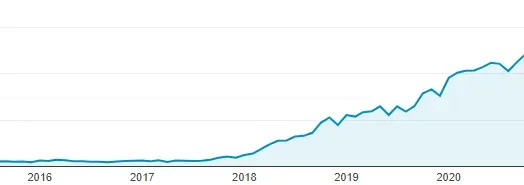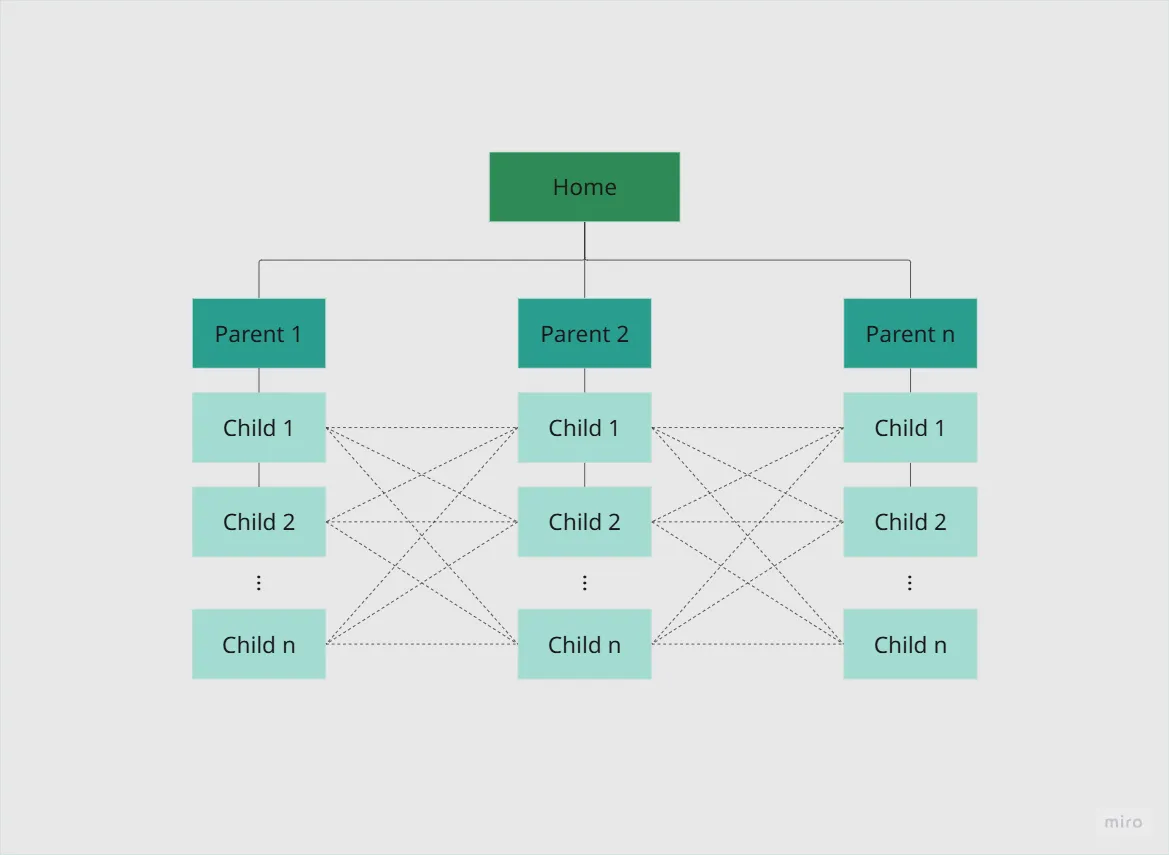
Challenge
Early on, we had product–market fit in sight. Our SDK for 3D file conversion was gaining traction, with a few hundreds engineers visiting our site monthly and converting at an impressive 15%+. But the math didn’t work out. High conversion with low traffic doesn’t scale. I needed volume.
But, how to drive traffic to a no-name startup and compete with established players without a big budget or a team of content writers? In a lean, bootstrapped startup, I didn’t have the luxury of paying for ads or building backlinks at scale. The traditional content marketing model —write high-quality, long-form blog posts, wait for organic traffic to grow — wasn’t an option.
Choosing What to Build: Keyword Research
I started with manually researching what people searched around our product category. I wasn’t looking for vanity keywords. Used Ahrefs, SimilarWeb and Google Search Console to pull thousands of potential long-tails. Grouped these into “content pillars”, specific to our product like:
- CAD file conversion
- CAD file visualization
- DFM issues (e.g. “Minimum hole diameter in sheet metal”)
This gave me a Google Sheet with the prioritized list of thousands of keywords to target.
The Stack: Joomla, Custom Modules, and Automated Generation
Note, it was 2017, and I couldn’t even dream about Astro yet. Here’s what my stack looked like:
- Joomla CMS: I didn’t use a fancy static site generator. Joomla with a few hacks could do the job.
- Custom Joomla Modules: I developed modular components for content blocks. Each block was dynamic, drawing in keyword data, allowing me to swap the content on the fly without rewriting entire pages.
- Google Sheets: We didn’t use a complex database to power this — just a simple spreadsheet that could deliver what we needed efficiently.
- Automation: Using a custom script, I automated the creation and deployment of these pages. Once the content blocks were in place, scripts pulled keyword sets from a data pool and generated landing pages in bulk.
The system allowed me to generate over 3K optimized pages per content pillar, ultimately creating 10K+ new landing pages.
Distribution & Indexing: Getting Google to Care
I followed three key rules to ensure fast indexing and ranking:
- Internal linking at scale: Each new page linked back to its pillar hub and all of the sibling pages.

One Counterintuitive Lesson: Internal Links Beat Backlinks (At First)
I assumed I needed tons of backlinks to rank. But in our niche, a tight internal linking structure — with semantic hubs — outperformed low-effort outreach.
- Structured metadata: Title, H1, H2, H3, URL slugs, keyword density (1–2%), and schema.org markup where relevant.
- Crawl facilitation: Auto-generated
sitemap.xmlfiles nightly and pinged Google Search Console with updated URLs.
No backlink campaigns. Just relevance + structure.
Why It Worked
- Engineer-mindset marketing: Instead of “campaigns,” I built evergreen content system.
- Templates > blog posts: I moved from hand-crafted articles (6–8 hours each) to structured content at scale (minutes to deploy).
- Search intent alignment: Every page answered a real question someone typed into Google. No fluff.
Results
Within 3 months:
- Organic traffic: 1.5K → 5K+ monthly visitors
- Conversions: Held steady at ~12–14% (no quality drop)
- Indexed pages: ~7,000 across 3 content pillars
- Top 3 rankings: 90+ new long-tail keywords
- #1 spot for high-intent searches like “Convert STEP”, “Convert SolidWorks”
And it keep compounding to these days. Every new page was a new door into the product.